Ehime Prefecture
Where is Ehime?
Ehime Prefecture occupies the northeast of Shikoku, the smallest of Japans four main islands. It also contains a large number of small islands in the Seto Inland Sea.
It borders Kagawa and Tokushima Prefectures to the west and Kochi Prefecture to the south. Hiroshima Prefecture lies directly north from Ehime across the Seto Inland Sea.
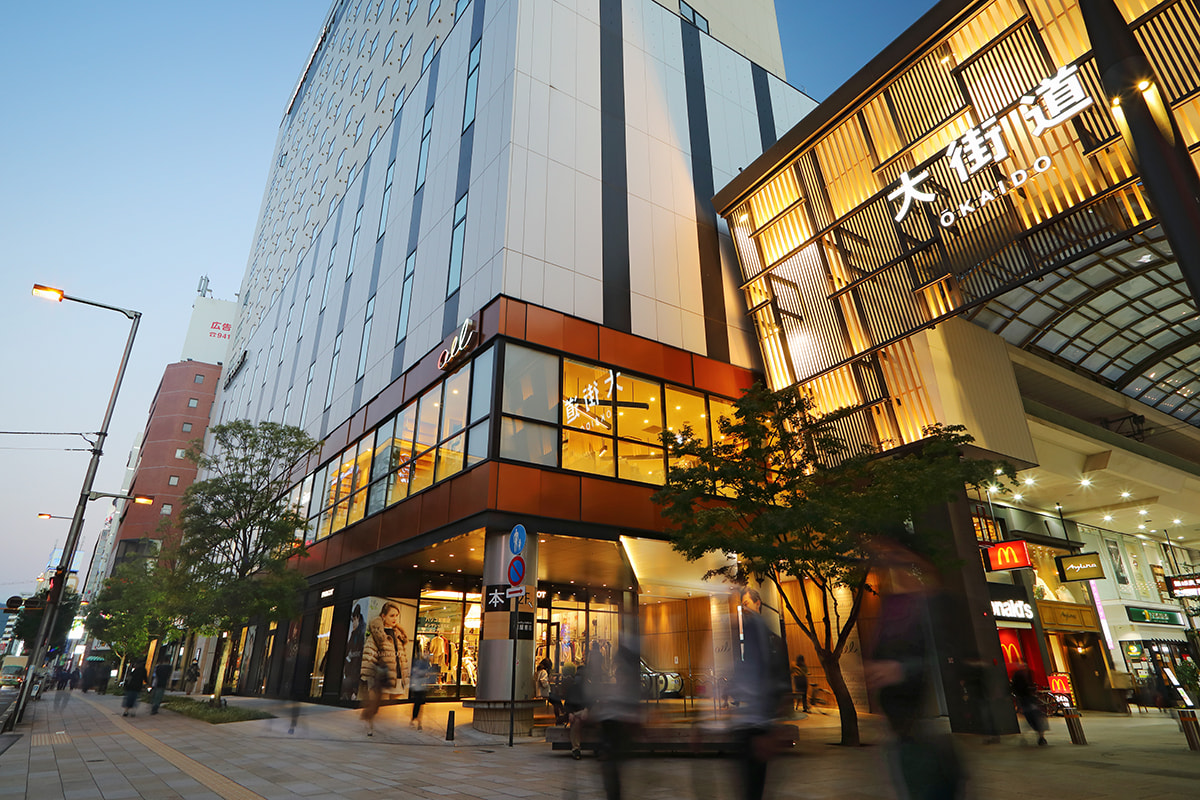
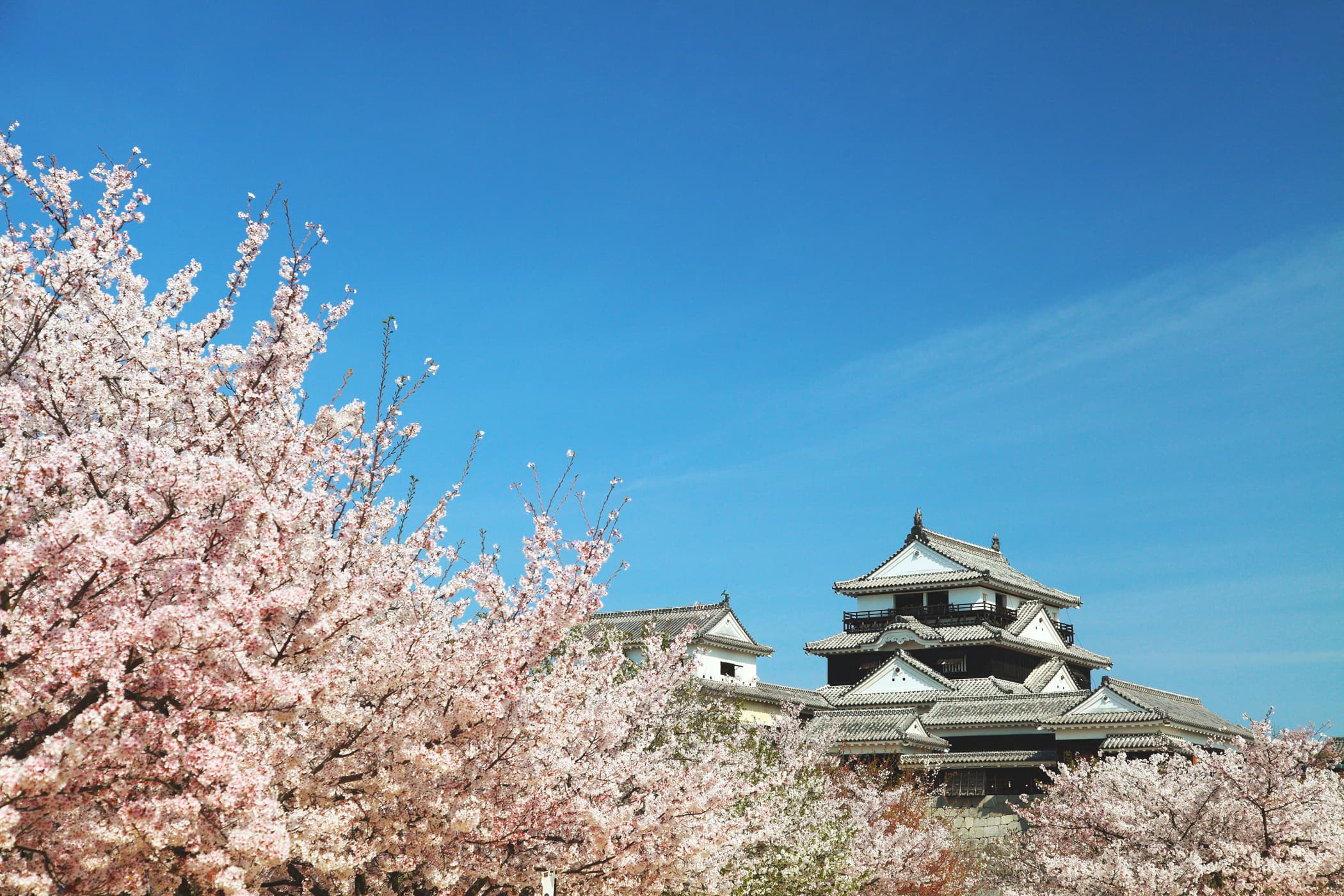
The city of Matsuyama, the largest city on Shikoku, is the prefectural capital. Smaller cities in the prefecture include Imabari, Niihama and Saijo.
What is Ehime known for?
Ehime has a number of hot springs (onsens) such as Dogo Onsen and Sora to Mori in Matsuyama and Nibukawa Onsen in Imabari.
Dogo Onsen is the oldest hot spring still in use in Japan. It is over 100 years old and was mentioned in the Nihon Shoki, a Japanese history book written in 720 AD.
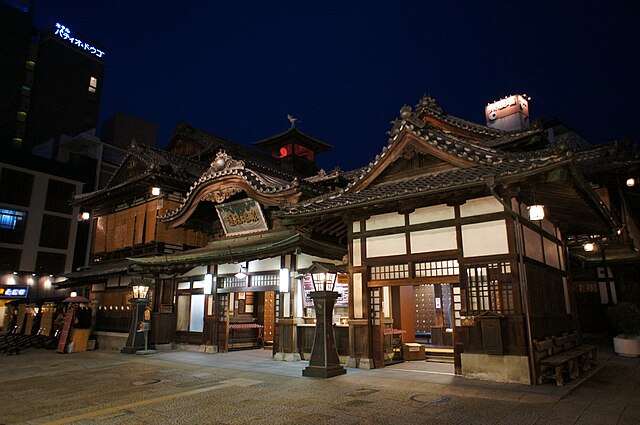
Ehime is well known as a center for shipbuilding in Japan with dockyards and related industries centered in the Imabari and Saijo area.
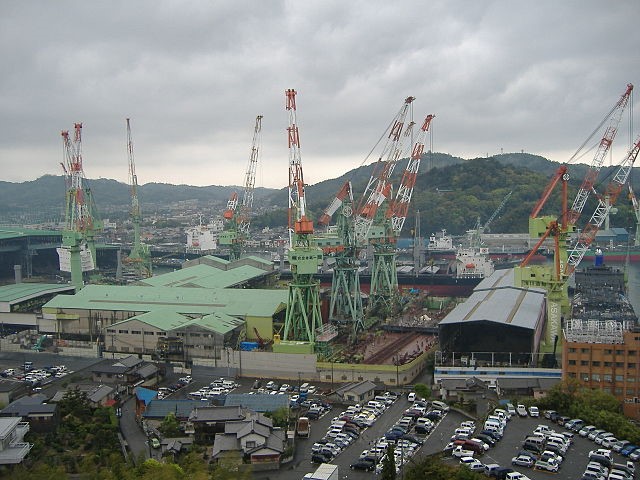
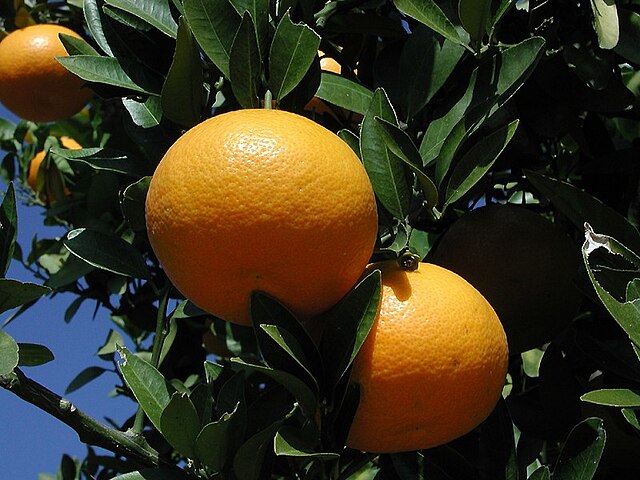
The area is also known for its citrus fruits, particularly mikan (mandarin oranges) and the local specialty iyokan.
Iyokan is a citrus fruit similar to an orange and was named after the historical Iyo Province which is now known as Ehime Prefecture following Japan’s reformation of its provinces into prefectures in 1871.
Where should I visit in Ehime?
Visitors to Ehime can experience 2 of the 12 remaining original Japanese castles in Matsuyama and Uwajima.
Unlike many Japanese castles, Matsuyama Castle and Uwajima Castle are not reconstructions and have remained largely as they were since they were completed.
Completed in 1627, Matsuyama Castle still stands in the city. The city also contains a number of museums, parks and shrines.
Eight of the temples that form the 88 Temples Pilgrimage, a 1,200km (746 mile) pilgrimage route across Shikoku, can also be found in Matsuyama.
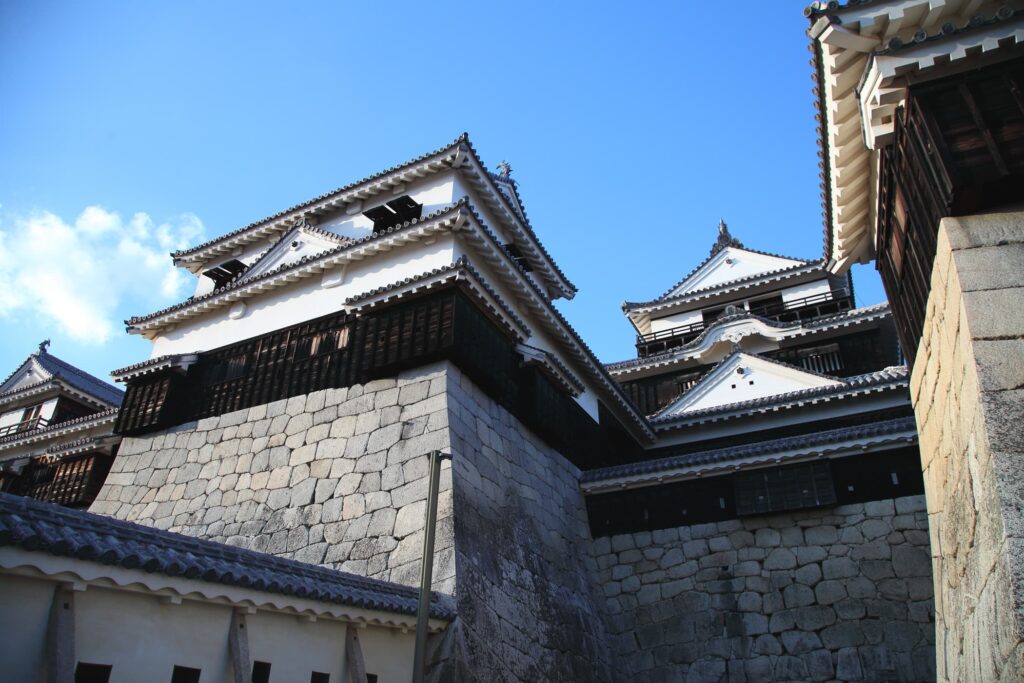
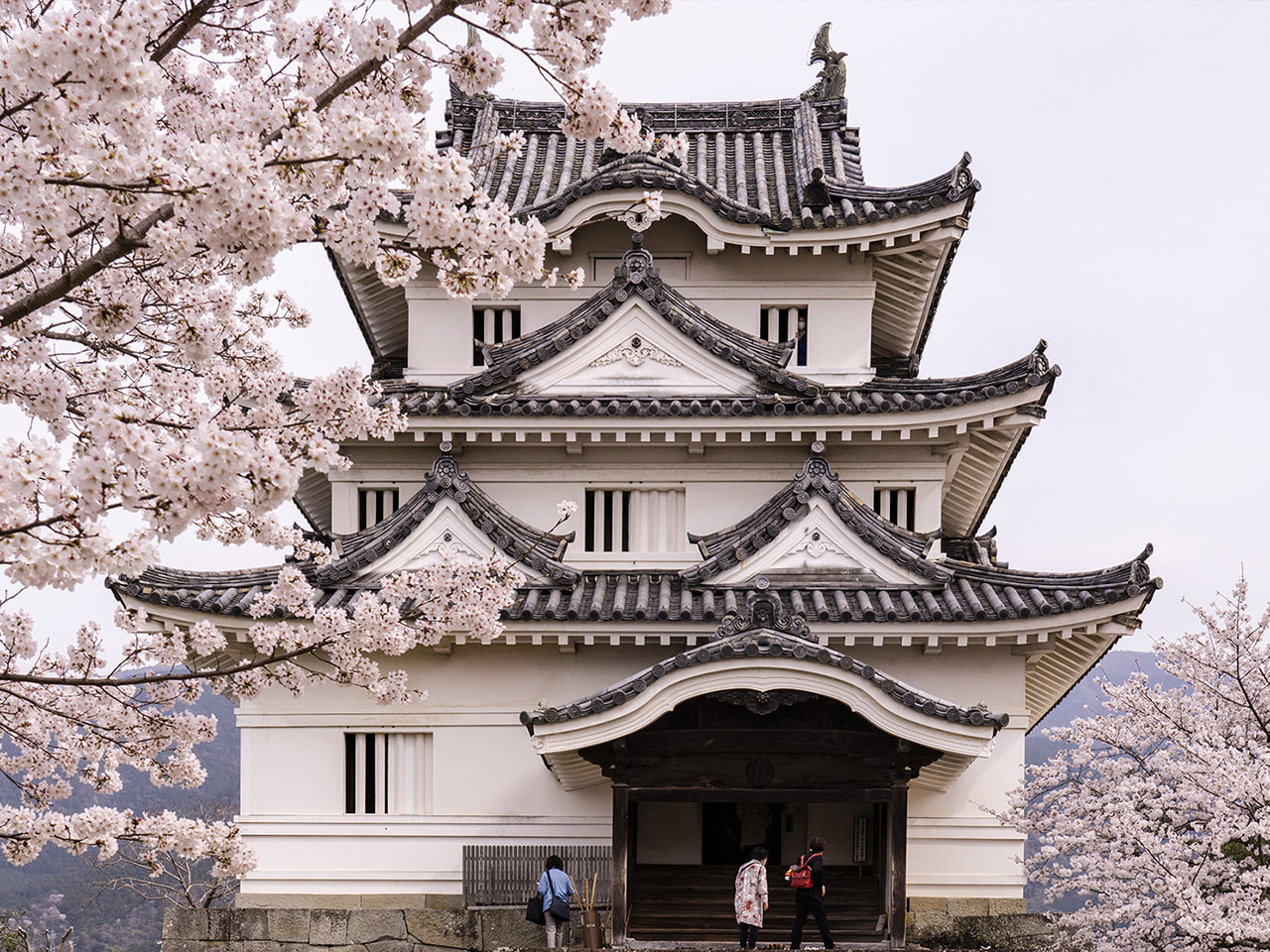
Visitors to Uwajima can also see the castle and a number of shrines, including Taga Shine, a Shinto fertility shrine packed with phallic idols.
Uwajima also plays host to bull sumo which, similar to normal human sumo, involves 2 bulls attempting to push each other out of a sumo ring. Bull sumo tournaments take place throughout the year in January, April, August and October.
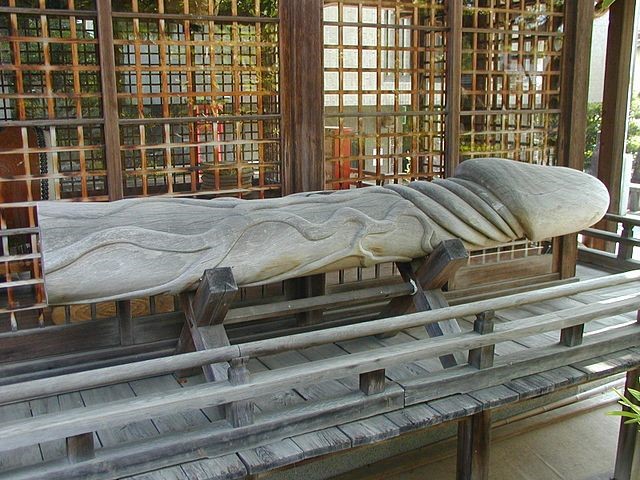
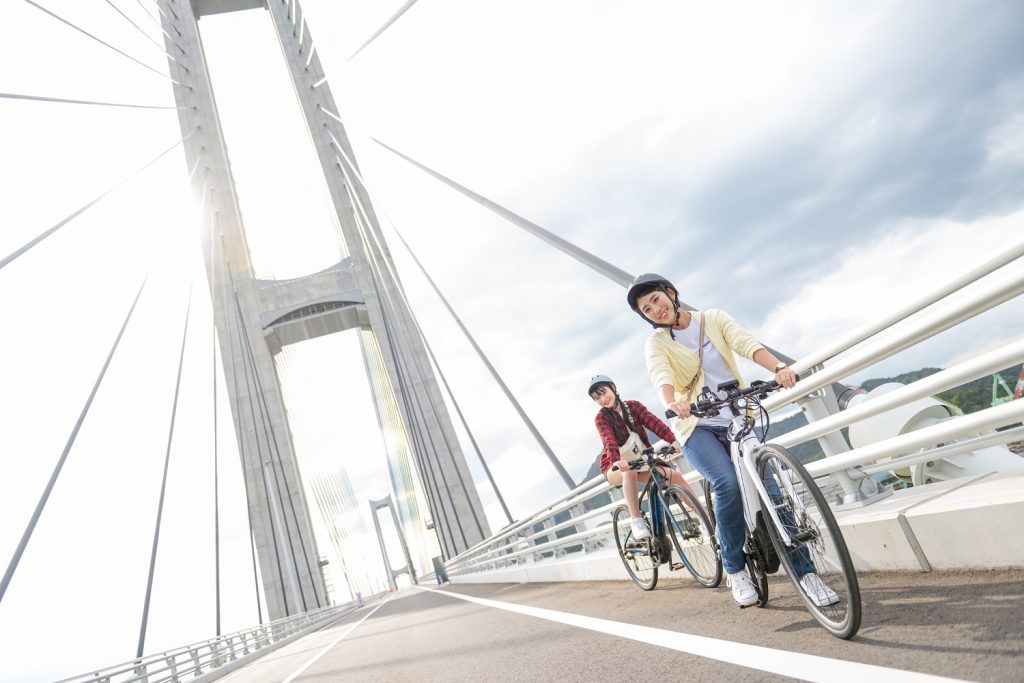
The Shimanami Kaido Bikeway is a 70km (43.5 mile) route crosses the Seto Inland Sea between Onomichi in Hiroshima Prefecture and Imabari in Ehime Prefecture.
The bikeway crosses a large number of bridges and islands with several bike depots along the route where bikes can be rented from or returned to.
When is the best time to visit Ehime?
The best time to visit Ehime Prefecture will vary based on your itinerary and how it will be affected by the weather.
Spring (April to May) is typical of coastal Japan with mild temperatures and occasional rain. The cherry blossom season usually occurs in early-mid Spring.
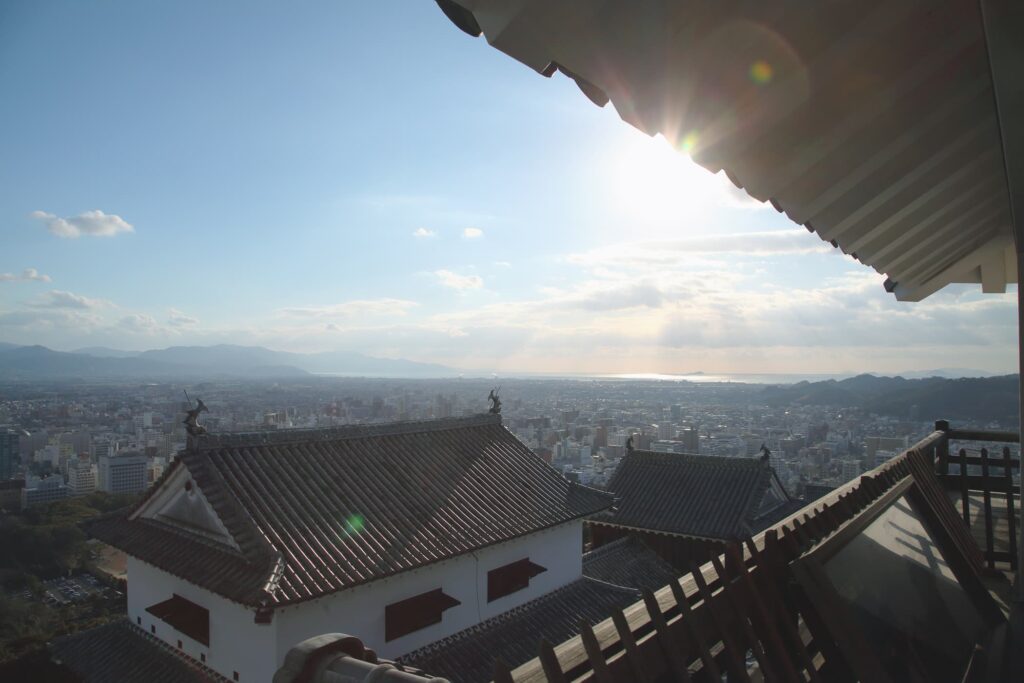
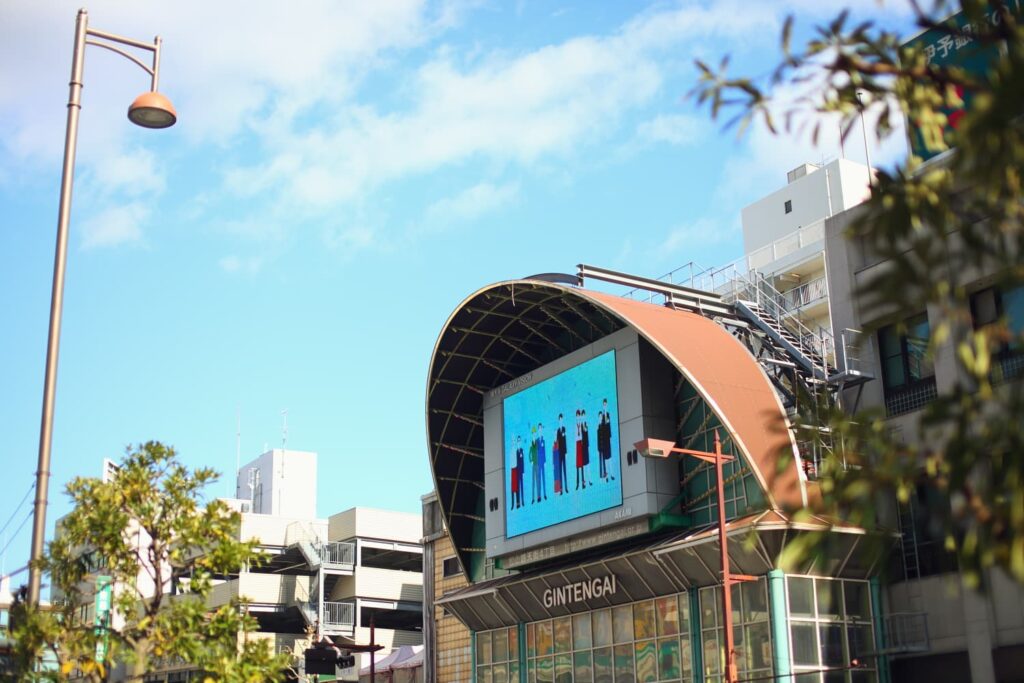
Summer (June to August) is typified by high temperatures and humidity levels. As the rainy season runs from June to July, visitors may encounter frequent showers at that time of year.
Typhoon season runs from August to September each year.
Autumn (September to November) features low but mild temperatures and lower humidity levels compared to summer.
Winter (December to February) is usually mild with little snowfall other than in mountain areas.
As Ehime is a coastal prefecture, it is worth bearing in mind that areas near the coast will typically have lower temperatures and higher humidity levels than areas further inland.
All Events in Ehime
Tours and Activities in Ehime
None found.
Where should I stay in Ehime?
As the largest city in the prefecture, Matsuyama offers the largest number of hotel options for visitors as well as being the main hub for transportation throughout the prefecture.
Budget travelers visiting Ehime are recommended to choose a budget or business hotel in Matsuyama.
Budget hotels from national chains such as APA Hotel, Toyoko Inn and Hotel MySTAYS can be found in convenient locations near Matsuyama Station and Matsuyama Castle.
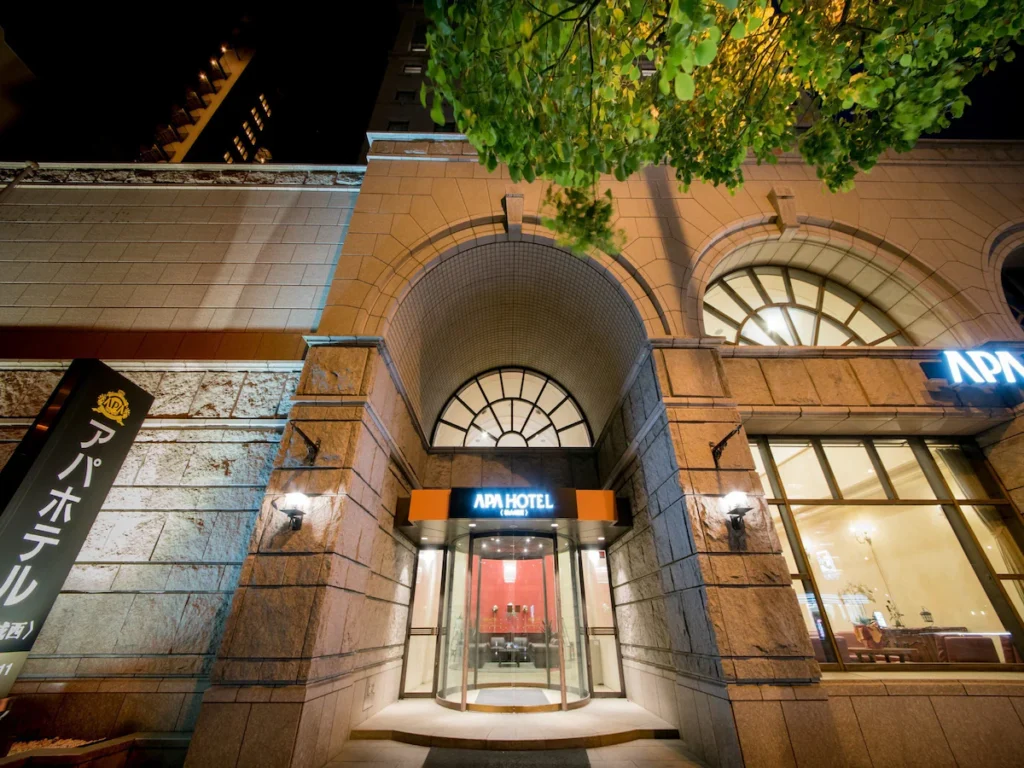
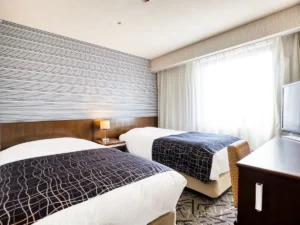
Luxury accommodation can be found in Matsuyama in the Dogo Onsen area with ryokans such as Yamatoya Honten and spa resorts such as Yukai Resort Dogoonsen Dogo Saichoraku providing the complete Japanese onsen experience.
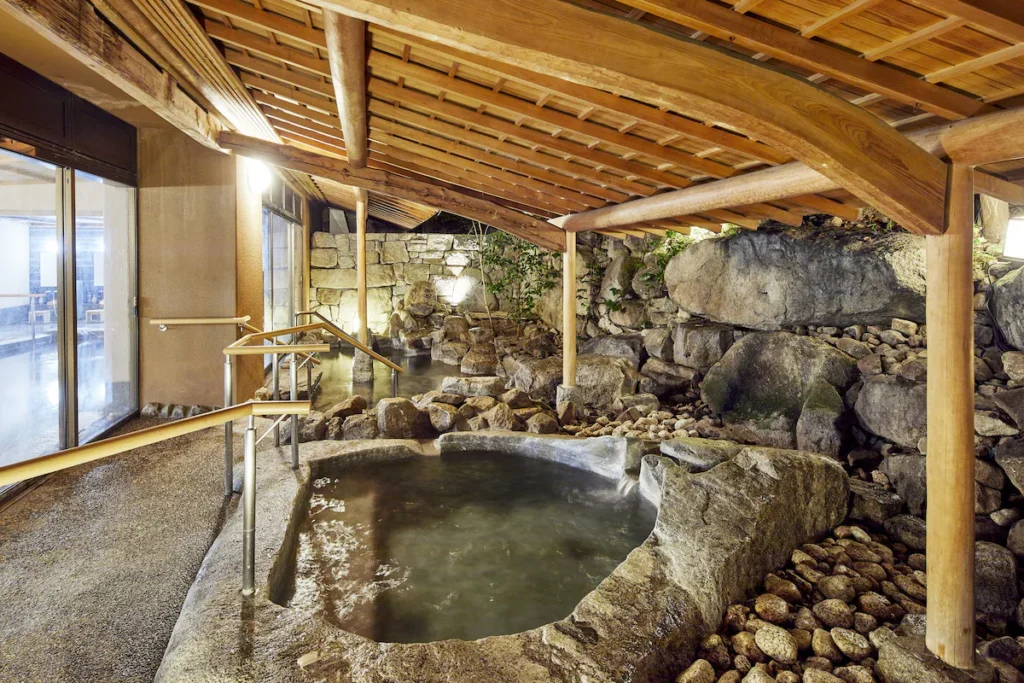
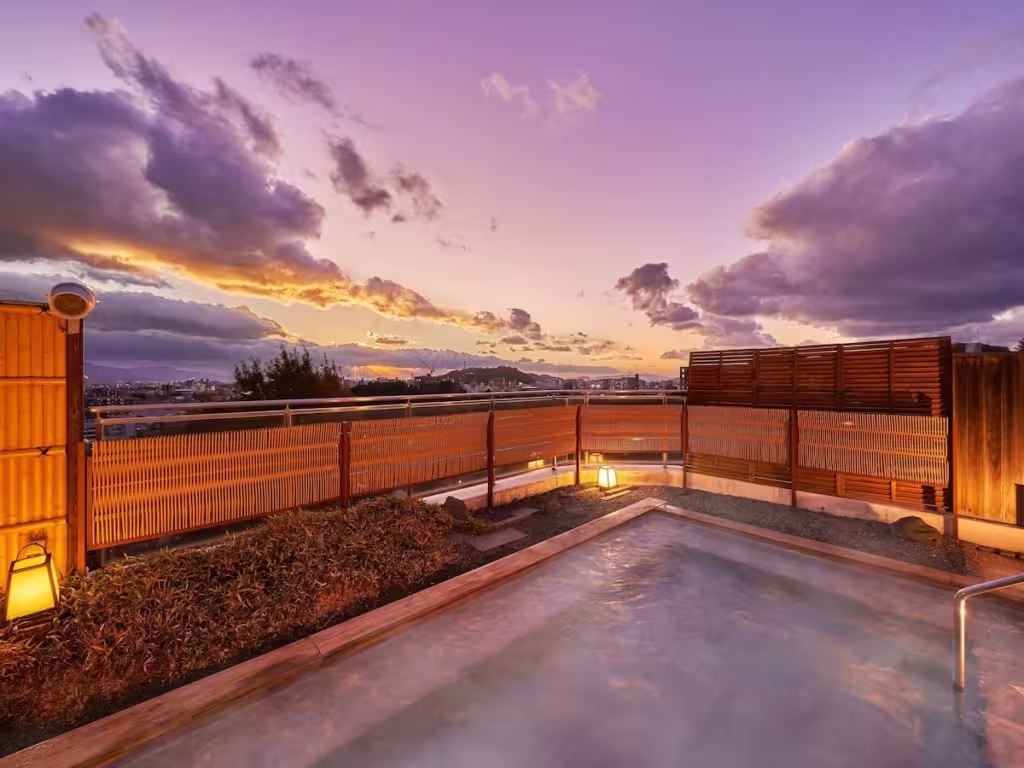
It is important to consider how the location of your accommodation will impact on your planned itinerary, especially in a prefecture such as Ehime where locations may be spread out across a large area and travel may require public transport which will not run as frequently as in major cities like Osaka or Tokyo.
How do I get to Ehime Prefecture?
Many visitors may enter Ehime Prefecture by bicycle or ferry via the Shimanami Kaido Bikeway but the most common method to access the prefecture is via public transport as it is served by several air, train and bus routes.
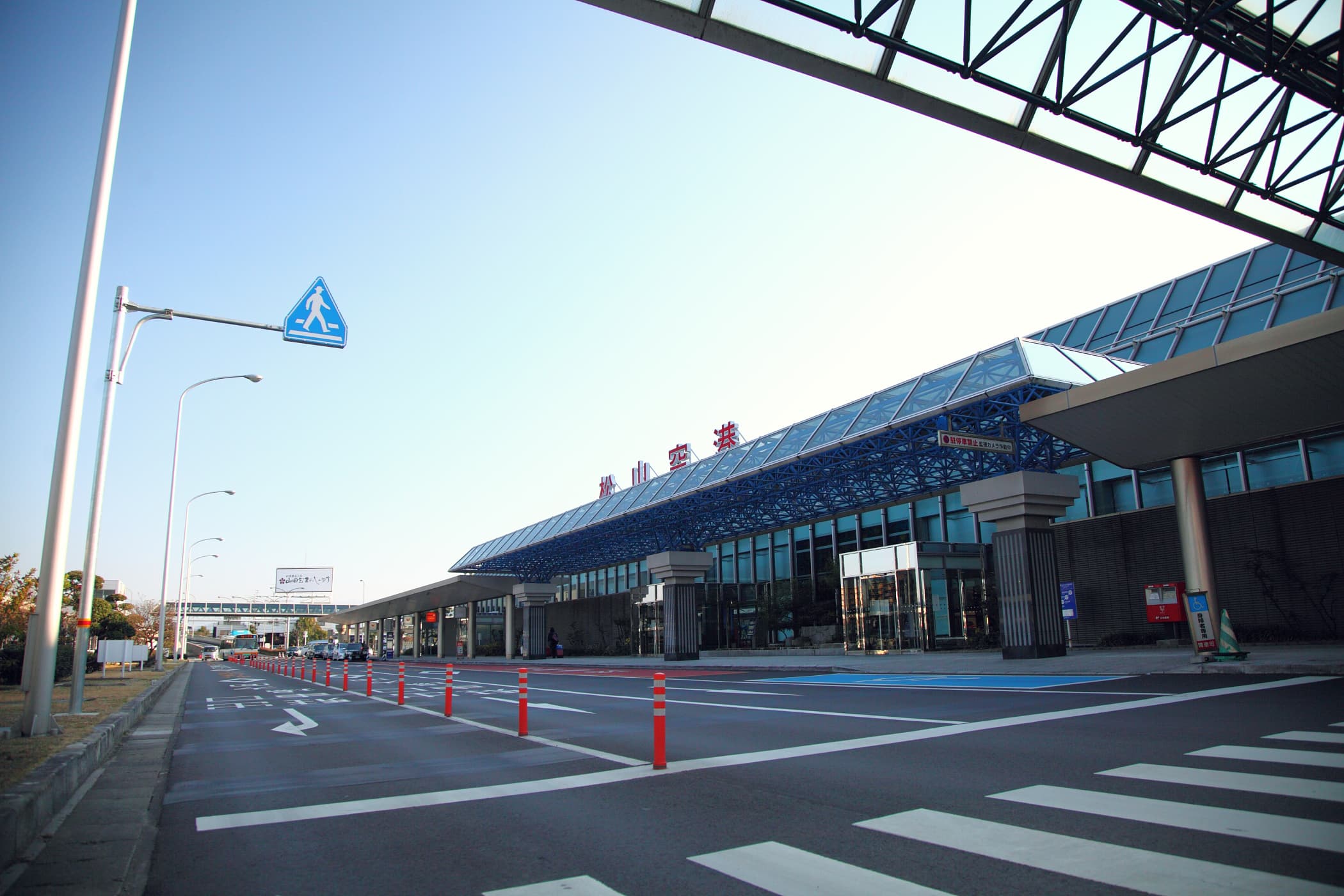
Matsuyama Airport offers flights to domestic locations including Osaka, Okinawa, Nagoya and Tokyo as well as a small number of international locations such as Seoul, Taipei and Shanghai.
Matsuyama connects to the San’yo Shinkansen train line via local and express train services bound for Okayama.
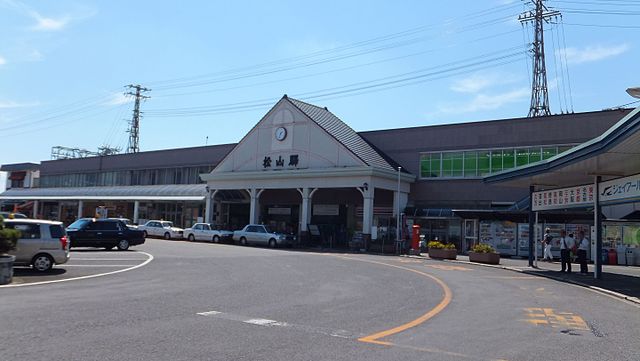
Express buses connect Matsuyama with major cities in Japan such as Osaka, Nagoya and Fukuoka. Express and local bus services also connect Matsuyama with other cities on Shikoku such as Tatsumaki.
Popular bus routes are operated by JR Shikoku Bus, Willer Express, Botchan Express, Matsuyama Express and Iyo Tetsu.
No tags for this post.